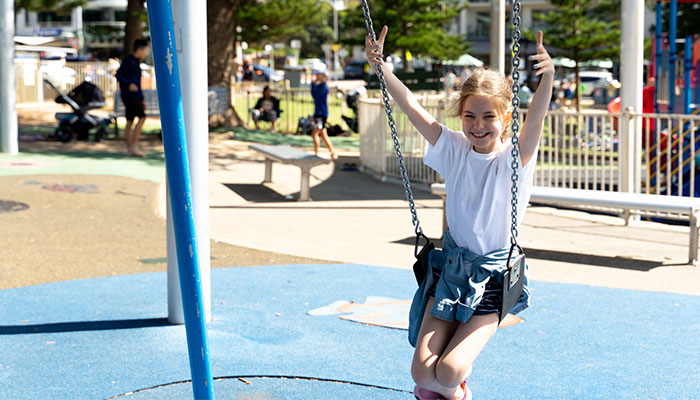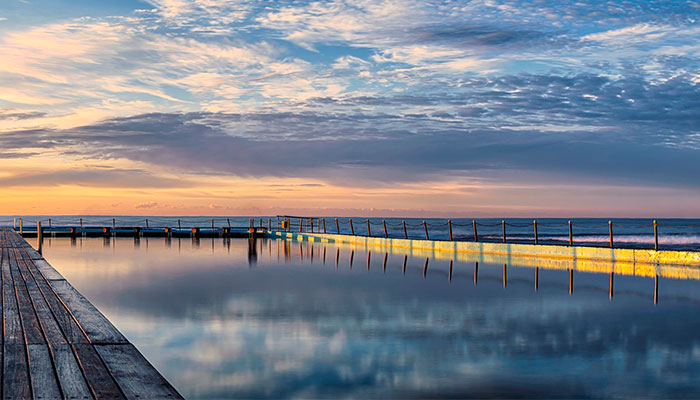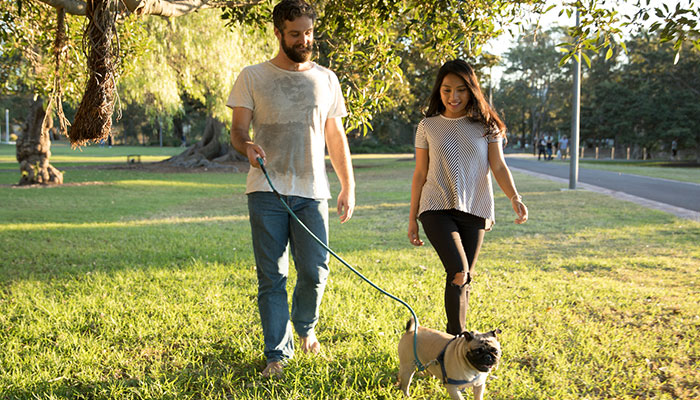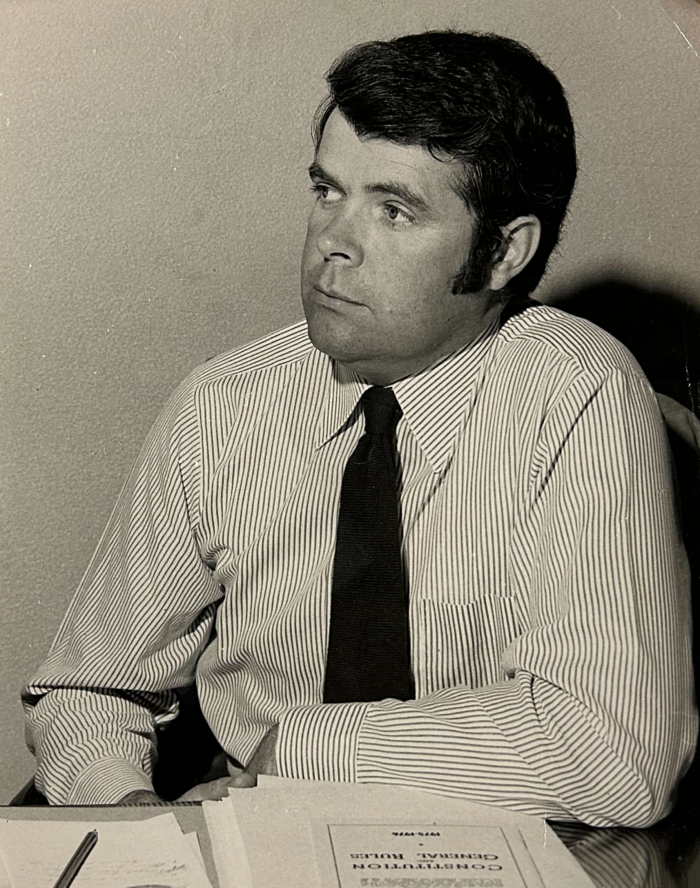Our public spaces — the streets, parks, plazas, museums, gardens, pools and playgrounds we enjoy — lie at the very heart of vibrant and sustainable civic life. The impact of pandemic lockdowns made it clear how vital they are for our health and wellbeing. What also became clear is they are not equally safe, meaningful and accessible to all.

The provision of adequate lighting or seats, for instance, can impact who feels comfortable in a public space. Place names, monuments or rules about the kinds of things we can do there can shape who feels welcome. Lockdowns showed us that too many urban residents don’t live within a walkable distance (or even a driveable five-kilometre distance) to a suitable open or public space, and with July 2023 the hottest month ever recorded worldwide, the need to create shadier and cooler public spaces is becoming ever more urgent.
It’s easy to forget that public spaces are the result of planning and policy, and subject to a myriad of agendas and shifting priorities. In these challenging times, as the impacts of climate change increase, our cities densify and demand for space intensifies, there is a growing need for thinking about how we create and care for this vital resource. These are some of the challenges the Power of Public Spaces project aims to address.
An Australian Research Council-funded collaboration between researchers at Macquarie University’s School of Social Sciences and industry experts in the Cities Revitalisation and Place team at Transport for NSW, the project bridges theory and practice to engage communities, academics and big thinkers on the changing role of public space in an Australian context.
Some of the questions the project considers are: How can we understand the diverse values of public space? How do we ensure public spaces feel safe for everybody? How do communities care for public spaces and how does public space care for communities? What is the best way of foregrounding First Nations leadership in designing and caring for Country in public spaces?
Chief Investigator, Associate Professor Donna Houston, sees the collaboration as amplifying the work the NSW government has already done around The NSW Public Spaces Charter and the Great Public Spaces Toolkit. This work, however, has only just begun.
“Public spaces are more than a ‘nice to have’, they are essential for the quality of public life in cities and regional communities. They are vital civic and environmental assets that tell diverse stories about the connections between people and places,” Associate Professor Houston says.

The project will guide community and industry conversations around what connects people to public space, with a particular focus on care.
“It is our hope that the project will help communities, governments and designers work together to create equitable, inclusive and care-full public spaces,” says Macquarie researcher and urban cultural geographer Dr Miriam Williams.
Listening and learning from the many ways in which different communities are cared for by public spaces may assist us in this task.”
Aspects of what makes public space work are key to the research, and include a focus not just on the visible, material aspects of our public spaces, but also the invisible and intangible dimensions of public life.
We want to know more about how these kinds of spaces are the building blocks of great cities and towns, and ultimately of a healthy and caring community.
Macquarie sociologist Dr Justine Lloyd says understanding the nature of human interactions in public spaces is a major focus of the research project.
“We know when we feel comfortable in public space, but behind this feeling is a set of factors that we don’t often reflect on,” Dr Lloyd says.
“If we feel that public space is ‘caring’ for us, as part of this project we want to investigate what the subtle, hidden elements supporting that feeling are.
These ingredients are fundamentally social, such as whether we feel we will encounter other people in our community and whether that community has a sense of informal or formal ownership of that space.
“We want to know more about how these kinds of spaces are the building blocks of great cities and towns, and ultimately of a healthy and caring community.”
A uniquely Australian perspective
Australia offers a unique context for thinking about public space due to the diversity of our population, projected future climate impacts and recognition of Indigenous sovereignty. Despite this, there are significant gaps in our current public space knowledge, provision and planning.

One of the big questions the researchers will consider is how we privilege First Nations history and truth telling in our thinking around public space. Associate Professor Kate Lloyd says the time for these conversations is now.
“As the referendum approaches, and with the launch of the NSW government’s Connecting with Country framework, it is even more important to have meaningful conversations about how we can honour Indigenous sovereignty and connections with Country in public spaces,” Associate Professor Lloyd says.
“This project will create opportunities for practitioners, community and academics to spend time together and share knowledge, to co-create an understanding of public space. By emphasising relational approaches we hope to understand Australian public space and public life as an ethical practice rather than as an object of planning, design or research.”
A collaborative approach
Community is at the heart of place creation and public space use, and one of the aims of this innovative collaboration is to capture community voices. Together with an expert advisory panel, the project team will generate a series of industry and community conversations, workshops, symposia, applied case studies, digital stories and evaluative reflections. It’s an approach inspired by the field of ‘citizen humanities’, designed to blur boundaries between experts, communities and researchers.
“In the spirit of connection and sharing, we hope this project is an exchange of cross-cutting conversations and creative ideas,” Associate Professor Houston says.
“Our goal, through the collaboration, is to make ourselves more accessible in order to build new pathways for sharing, caring for and sustaining public space.”
Funded for three years, the Power of Public Spaces project will create an enduring resource to guide industry, government and education sectors. The team hopes the insightful field studies of Australian public spaces, places, stories and contexts will help shape the next generation of place makers.
“We are very excited to see where this collaborative journey will take us,” says Associate Professor Houston.
Associate Professor Donna Houston is Discipline Chair, Geography and Planning, Macquarie School of Social Sciences.
Dr Miriam Williams is an urban cultural geographer in the Macquarie School of Social Sciences.
Dr Justine Lloyd is a cultural sociologist in the Macquarie School of Social Sciences.







